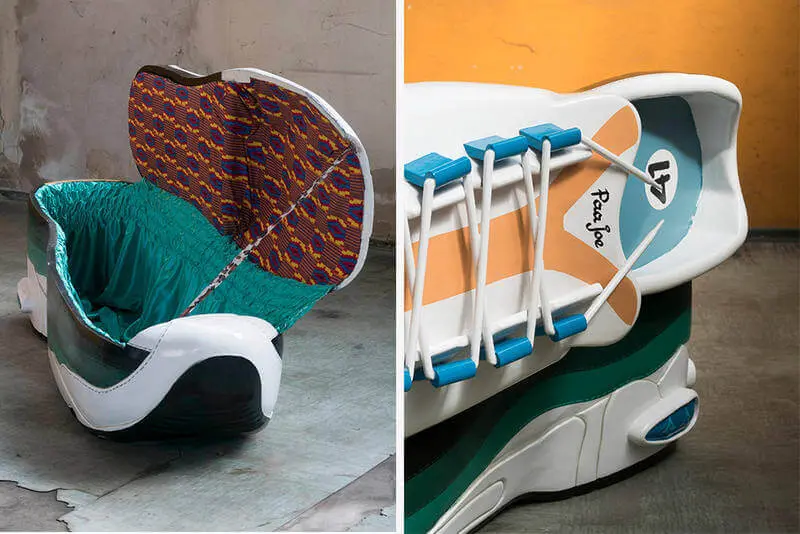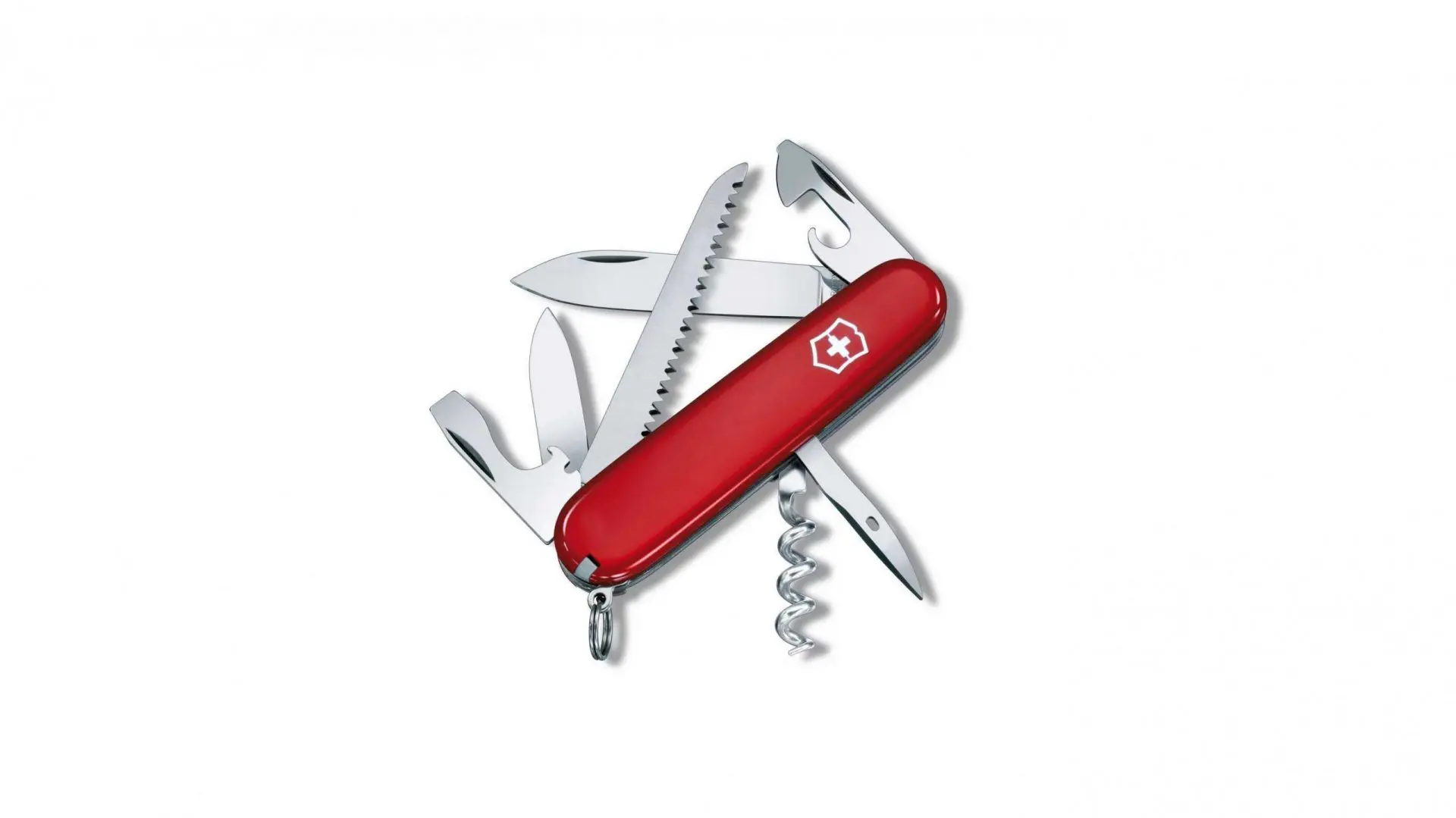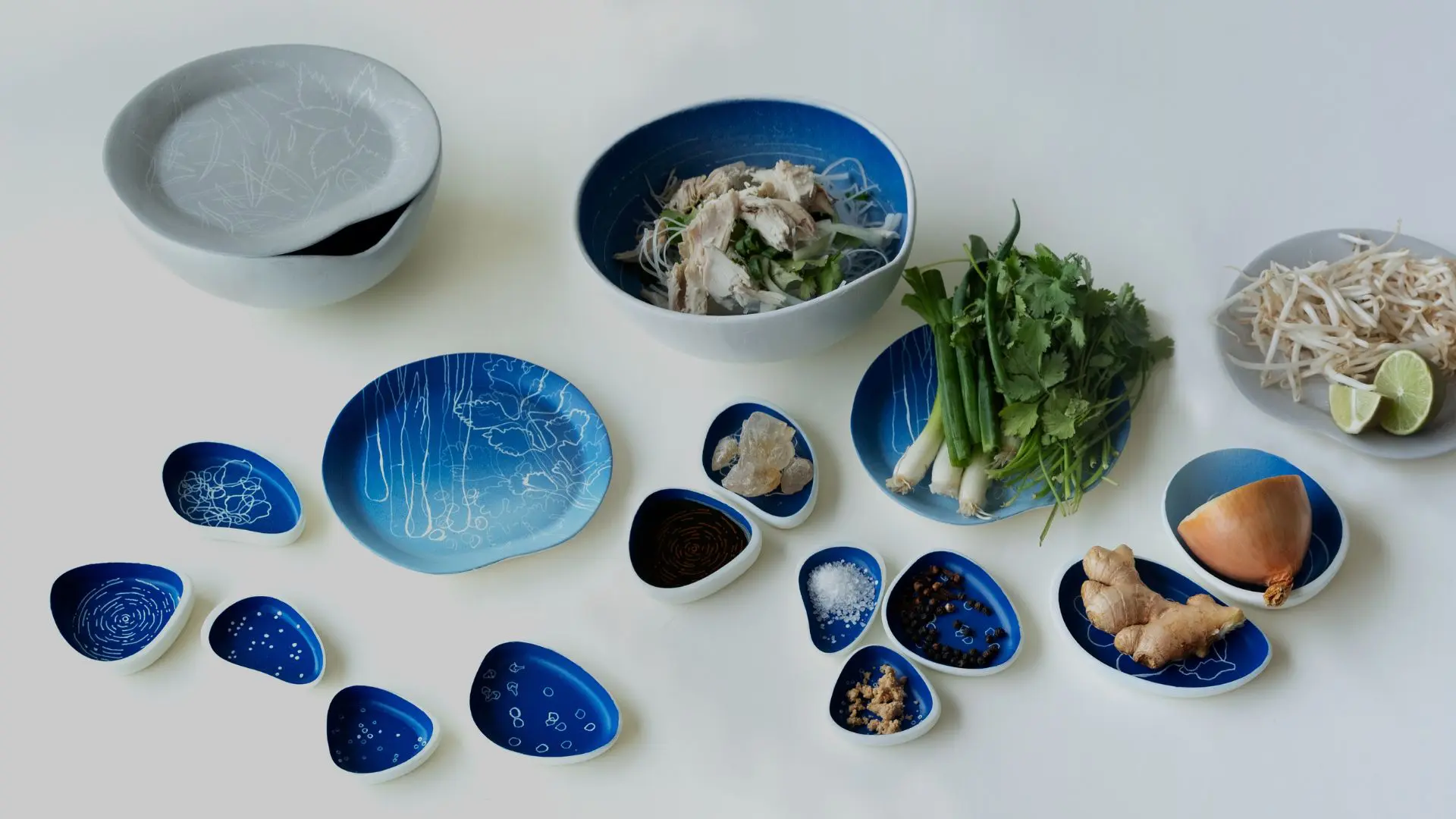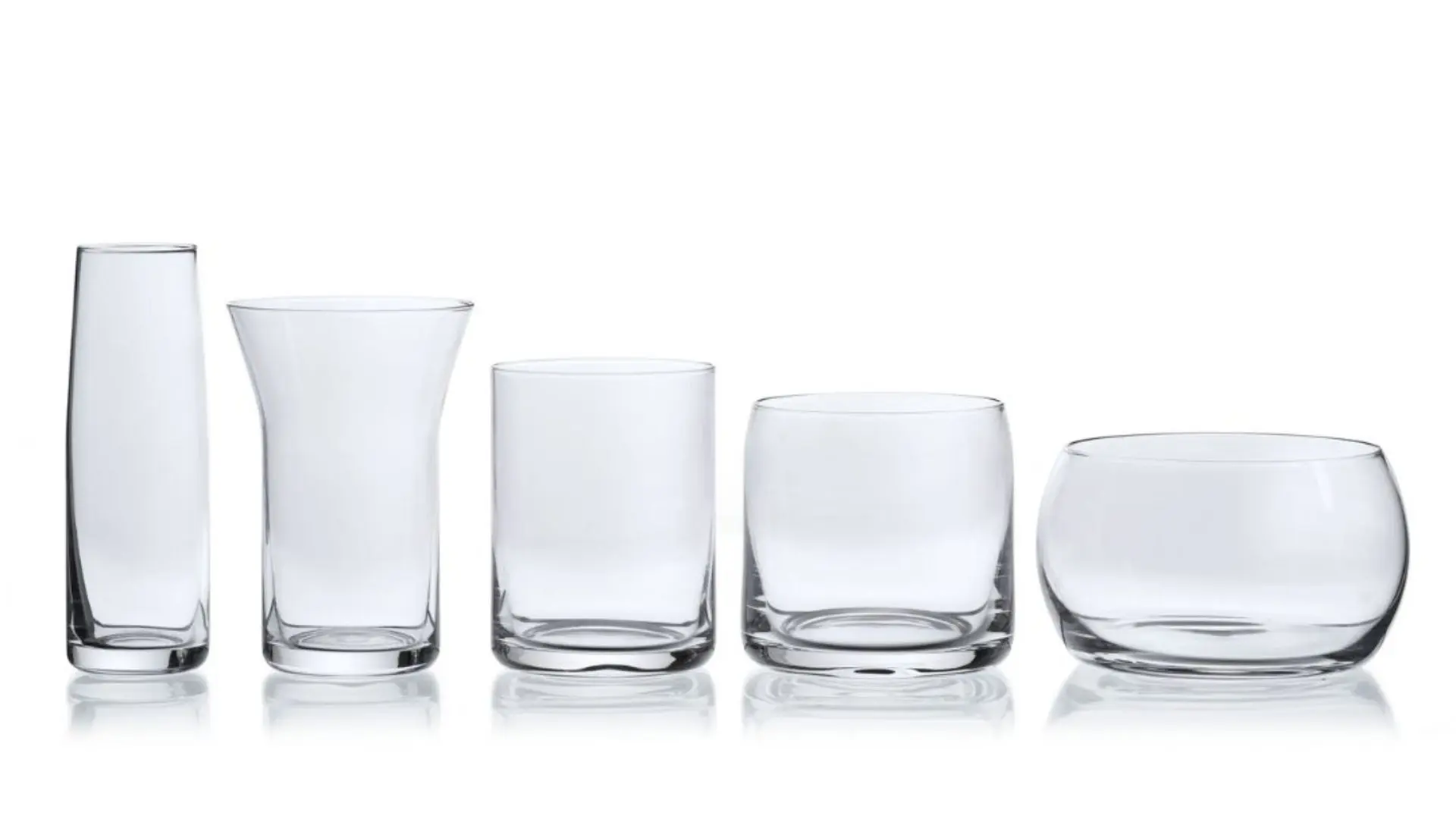Nothing is certain but death – 8 design urns and coffins to die for
Many designers committed themselves in trying to redesign the memorial service to create a positive image of the last journey
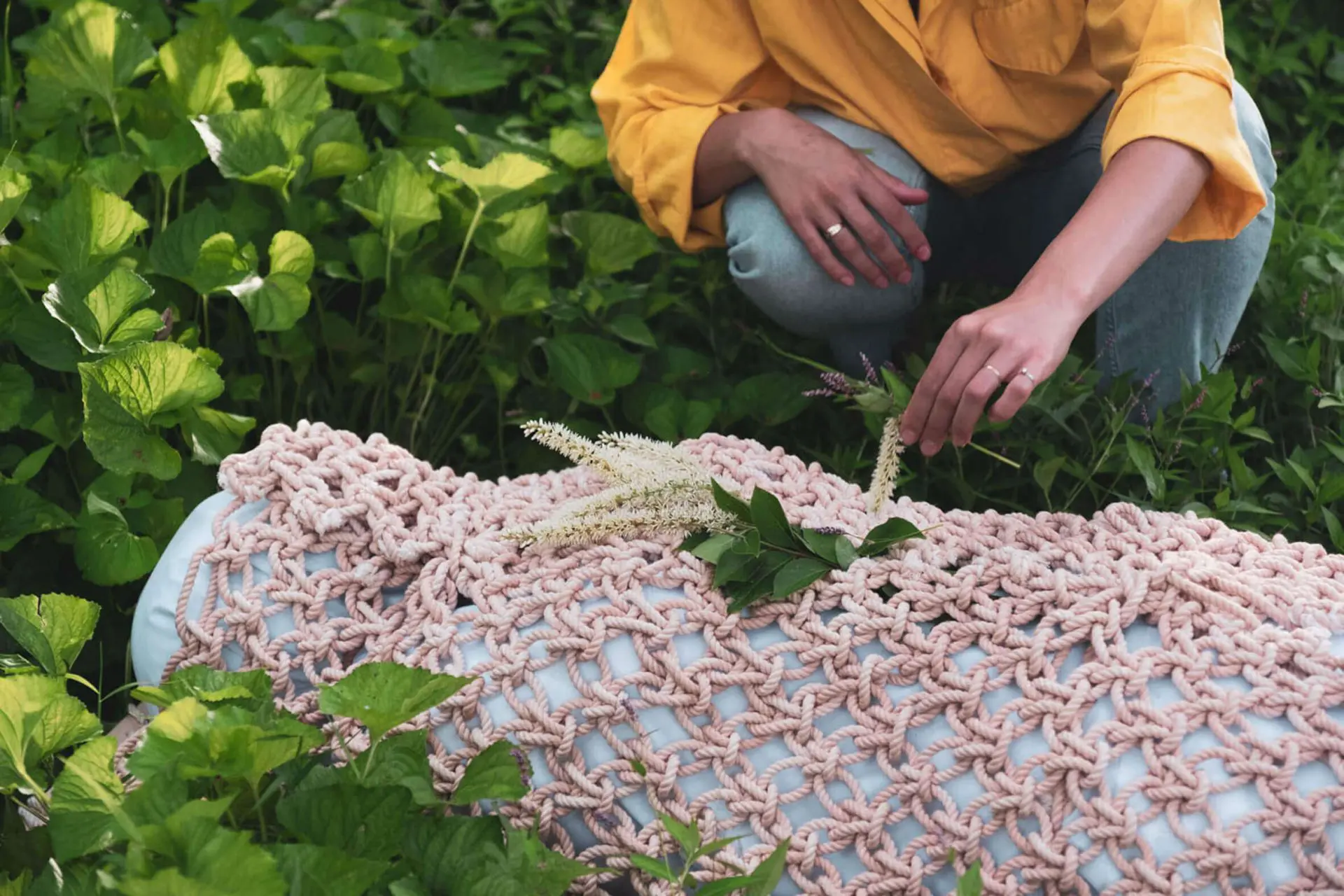
The denial of death is a constant in current western society. We have selected 8 drop-dead gorgeous design urns and coffins for a stylish eternal rest.
It is always disturbing to speak about death, coffins and last rites, as they are still a taboo in western society, where mourners have limited participation in the funeral process. On the contrary, in many cultures around the world, family and friends are more involved in the burial ceremony, resulting in a faster grieving acceptance.
After all, life and death are two sides of the same fate: as Alessandro Nazzari said, in one of our interviews, death is not a problem “but rather a moment of life” and “a pacifying passage to rejoin the Earth”.
Many designers set themselves as a planning objective to redesign the death practices to build a more positive relationship with death. Here is our pick on 8 eye-catching, unforeseen and sustainable design urns and coffins to revolutionize the traditional concept of burial.
8 eye-catching design urns
Memento by Geraldine Spilker
French-German designer Geraldine Spilker developed Memento, an alternative way to retain ashes through a process that binds them with resin, creating a tactile object from cremated remains.
Instead of simply storing the ashes in a regular vase, Memento is made directly from ashes, using resin as a binder. The result is an object to be held, caressed or carried around, adding an interactive aspect to the urn.
Being 100% biodegradable, Memento allows a genuine closure of life, returning the departed back to earth when the grieving ones desire to.
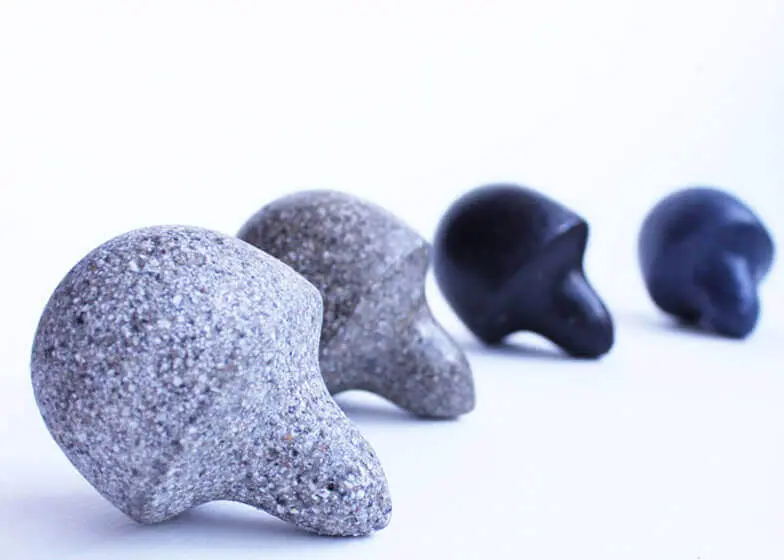
Bios Incube by Bios Urn
Bios Urn developed Bios Incube a biodegradable urn that turns ashes of a dead person into a tree, through an incubator to aid the growth process.
The Bios Incube is equipped with a built-in self-watering system, triggered by a sensor device attached to the surface of the soil. Water is held within a double-skin that surrounds the soil on the inside.
The sensor also monitors moisture and temperature in the atmosphere and soil, while detecting levels of light exposure. All the data collected from the sensors are sent to a smartphone app, allowing users to check on their tree. Once the tree has germinated, it can be planted in any desired location.
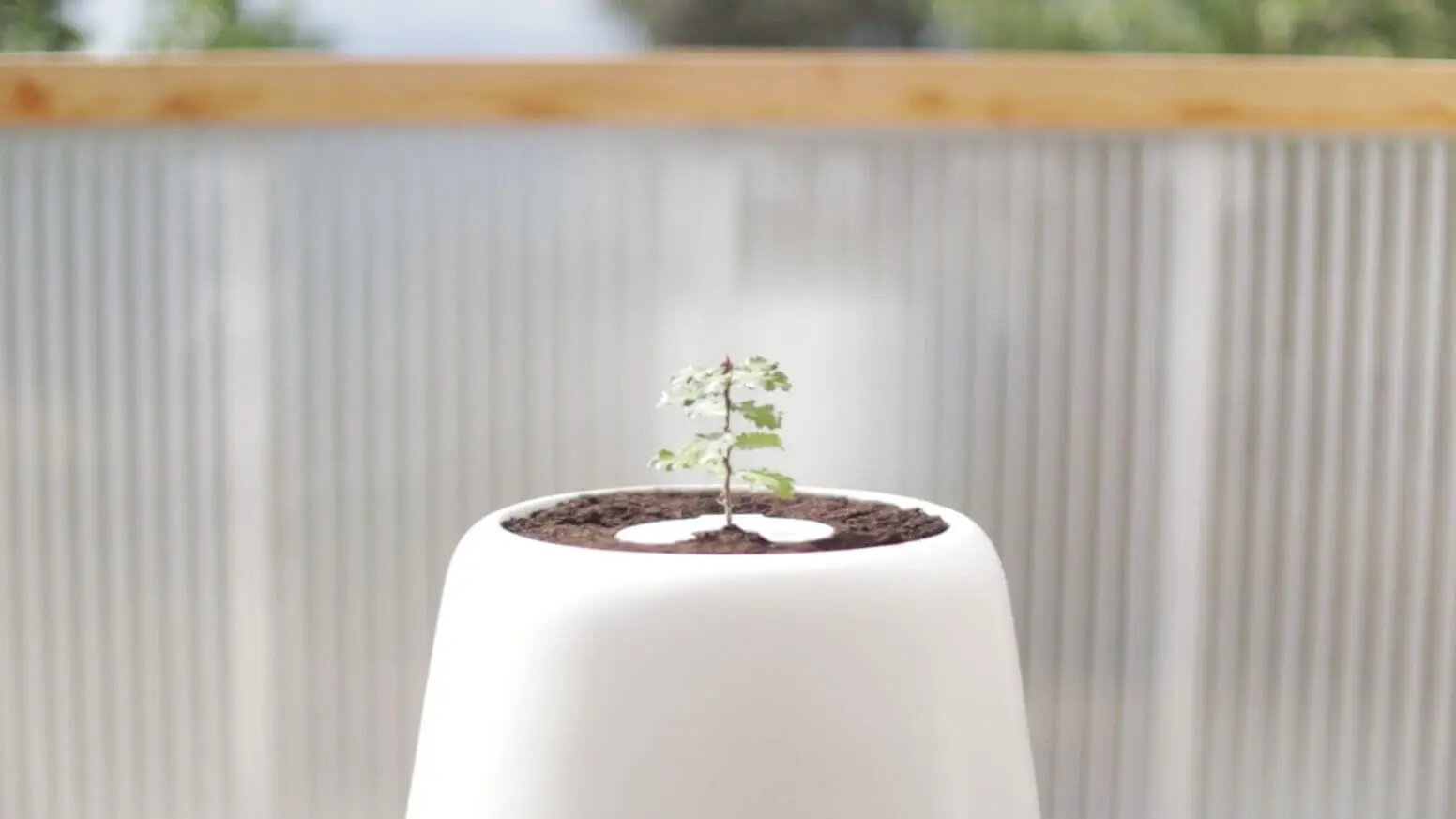
Tactile Perception by Lisa Merk
Lisa Merk designed a series of small urns to be held during funeral ceremonies to reduce the anxieties of bereavement. Made from untreated ashes, beech and walnut, Tactile Perception is a set of smooth urns, designed to fit in the palm of the user’s hand, similarly way anxiety-easing worry stones.
These wooden urns have been created to reimagine contemporary burial rites: filled with ashes of the deceased, they provide relatives and friends with comfort during the memorial service.
Moreover, Tactile Perception offers the option to keep the urn for ongoing solace or return into a larger urn for burial.

Diamond Coffin by Jacob Jensen
Danish designer Jacob Jensen created the Diamant Coffin Series where caskets feature geometrical, essential and clean lines. Taking a cue from shapes and facets of a diamond, this coffin respects not only an aesthetic sensitivity but also an important symbolic value, with the diamond being a symbol of purity, eternity, magnificence and beauty.
Jensen managed to combine form and emotion in a single object, enhancing every evocative spect of diamonds: in addition to reproducing the geometrical facets, Jansen paid homage to the light-reflecting quality of precious stones replicating it with glossy lacquer.
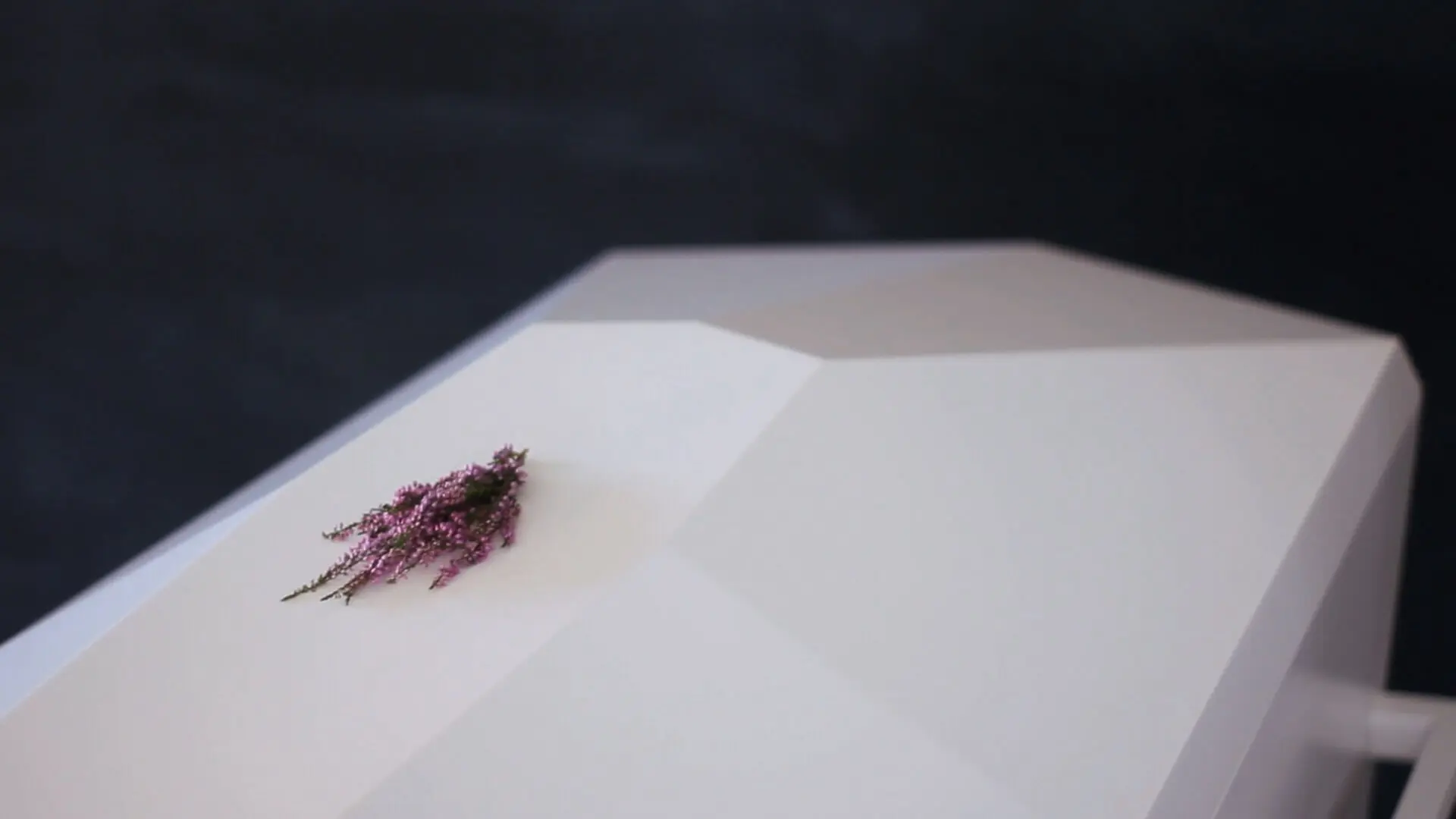
The glow of this coffins mirrors the brightness symbol of tranquillity, peace and harmonious pass away “into the light”.
Moreover, to further highlight the symbolism of Diamond Coffin, the designer placed the highest point of the coffin above the heart of the deceased, where, as last tenderness, it is possible to place a vase of fresh flowers.
Leaves by Shaina Garfield
Leaves is an eco-friendly coffin that uses fungi to biodegrade the body, in a way that the body decomposes quickly, also fertilizing the surrounding soil. Created by New York-based designer Shaina Garfield, the sustainable coffin offers an alternative to traditional burial methods, repurposing the human body back to nature.
The concept involves wrapping the body in natural cotton, laying it on a pine-wood surface and securing it with a woven netting of rope, previously laced with fungal spores.
Once the body is buried, the fungi speeds up the body’s decomposition while absorbing its toxins, feeding the surrounding soil with only natural byproducts, such as oxygen and nitrogen.
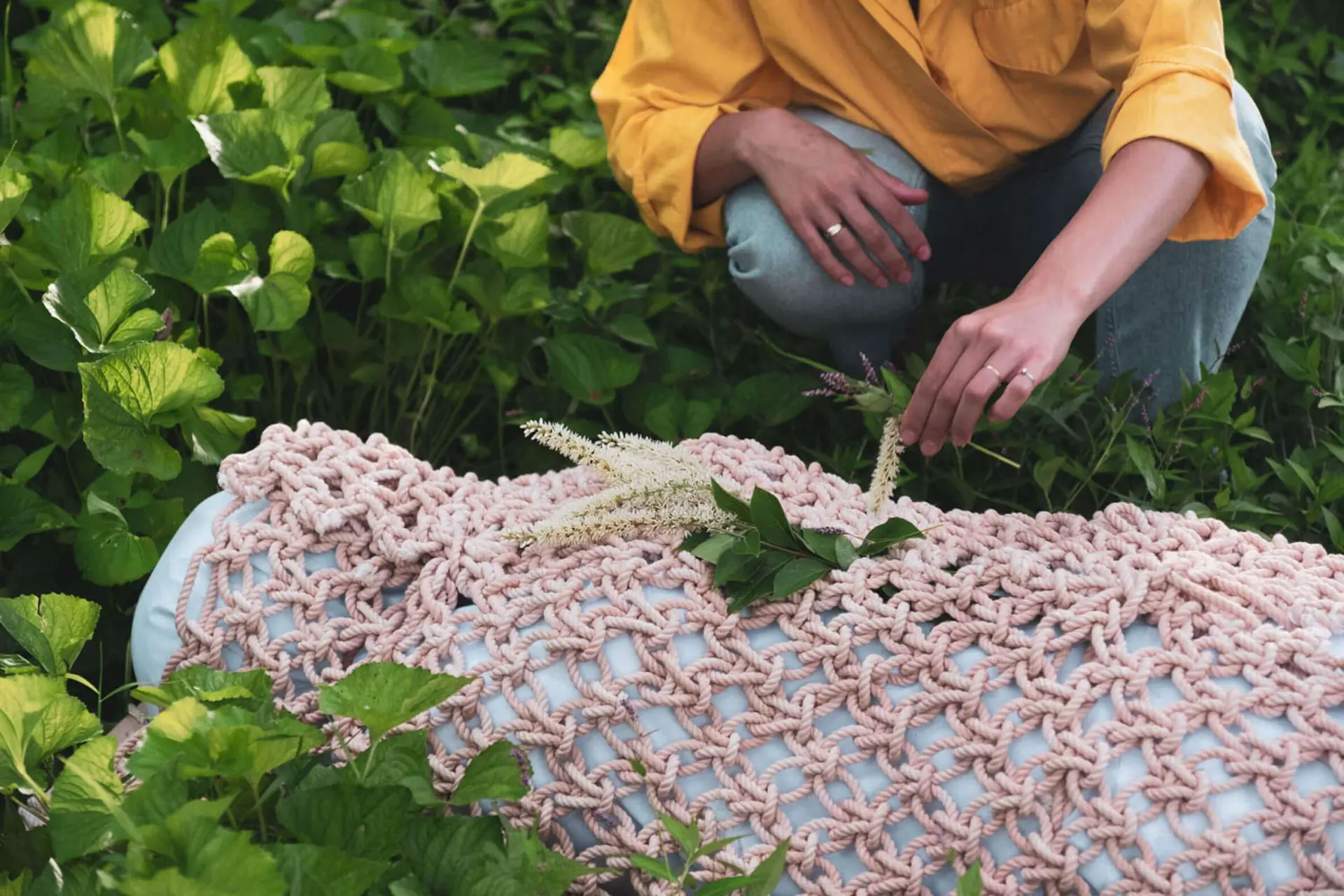
Misirizzi by Wolfgang Natlacen
Misirizzi is an egg-shaped urn for cremation ashes, designed to swing back and forth without falling over, as a roly-poly toy. Created by Wolfgang Natlacen to offer an alternative to the “grey and sad conformism of death”, Misirizzi features a container, constructed from rot-resistant acacia wood, which can be coated with a glossy black or gold finish.
This playful urn is divided into two halves: the lower part contains a weight that enables the urn to move, without tipping over, while the top section can be lifted off to reveal a space where to store and protect ashes.
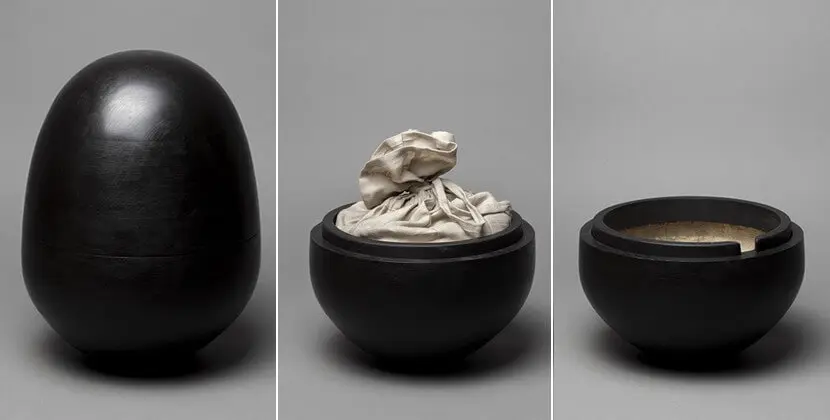
Kassiewijle by Visser & Meijwaard
Dutch studio Visser & Meijwaard, the design duo made up of Steven Visser and Vera Meijwaard, designed Kassiewijle, a series of partially reusable and colorful coffins as an alternative to the stark caskets used during traditional funeral ceremonies.
They are made up of three detachable parts: an undercarriage, a stretcher and a PVC cover. Once wrapped in a winding-sheet, the departed is laid out on the stretcher and covered with the PVC shell. The cover is removed before the final burial or cremation, in order to reuse the coffin.
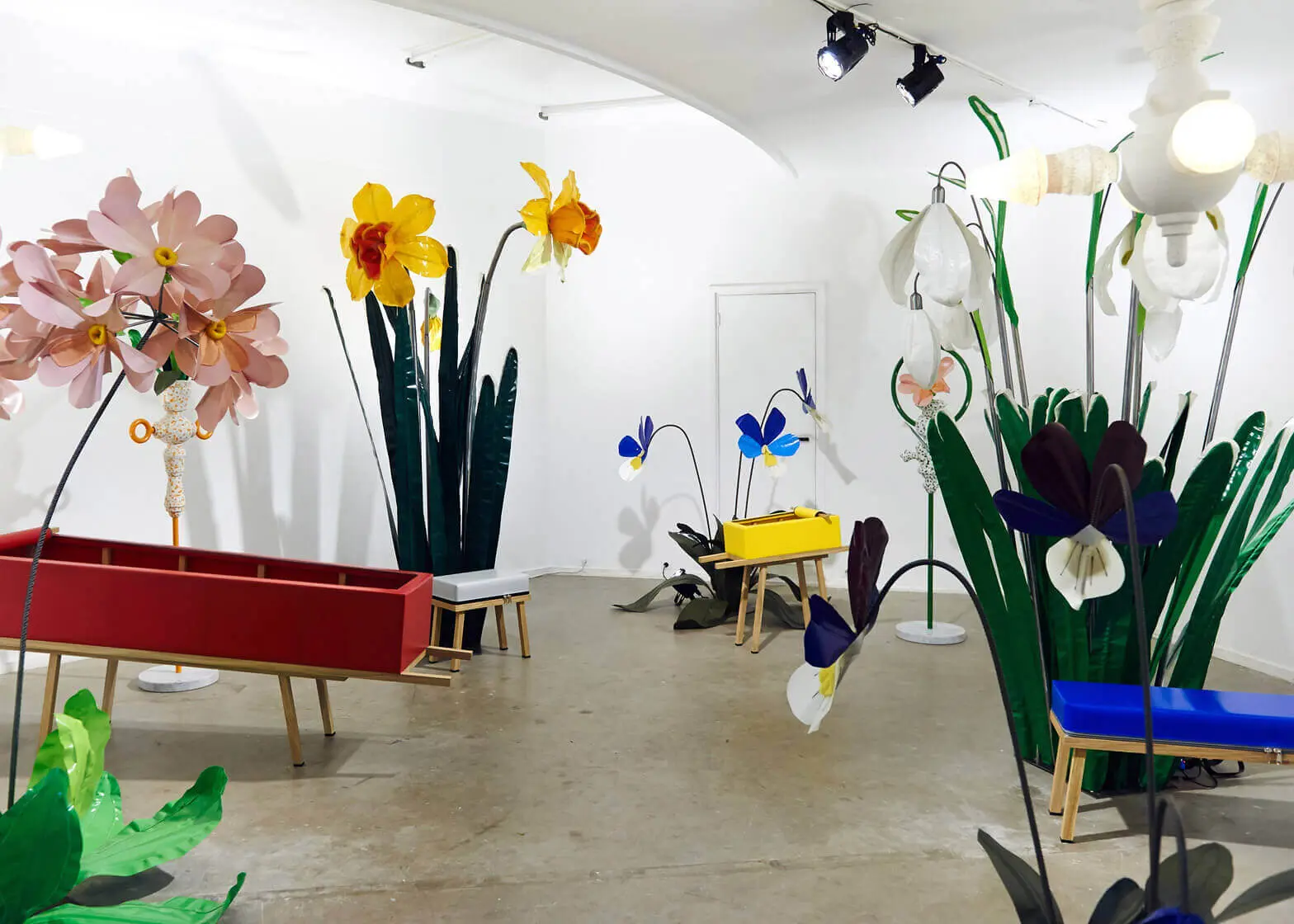
Coffin in the Form of a Nike Sneaker by Paa Joe
Coffins Ghanaian artist Paa Joe puts fun into the funeral ceremony by designing some of the most extravagant caskets in the world, in accordance with the tradition of some regions of Ghana, for which it is typical for the shape and style of a coffin to make a personal statement by reflecting the profession, interests or characteristics of the deceased.
Among his work, there is “Coffin in the Form of a Nike Sneaker”, a symbol of status and modernity: a 2 meters long Nike Air Max shoe, made of wood and decorated with oil paint. The coffin and lid are joined by two hinges on one side and a yellow fabric strip on the other one, while the casket inside is filled with a sponge foam and covered with a decorative emerald green fabric.
